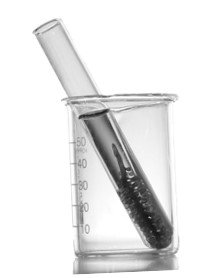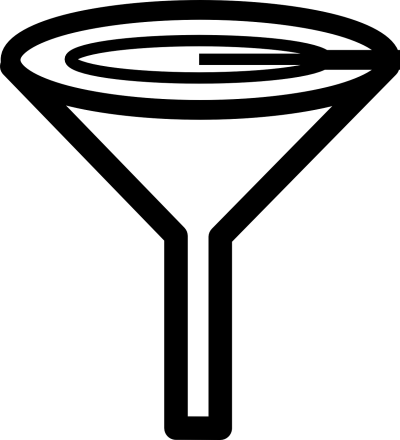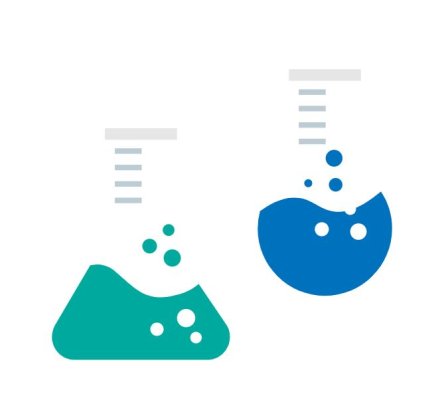info_outline This store is available for selected users only and is not listed on the main page. It can only be accessed via link.
Thank you for visiting the Texas AgriLife Extension Service Aquatic Diagnostics Laboratory (ADL), housed in the Department of Rangeland, Wildlife, & Fisheries Management at Texas A&M University.
For more program details and resources, please click here to visit the Aquatic Diagnostics Lab site.
Ordering Instructions:
Please select the test and add to cart. Please fill out the information pertaining to your sample (e.g. pond size). To add additional items, just click away from the cart, complete the form again, and hit "add to cart." All items will be in the shopping cart located at the top right of the screen when you are ready to check out.
Sample Collection:
Samples should be collected in a new clean, plastic bottle with a screw cap. 16-20 ounce drinking water bottles can be reused if you rinse the bottle three times with the water source to be submitted to the laboratory. Please note that a minimum of 0.5 gallons is required for the water clearing test, while 16 ounces is sufficient for all other tests. Ensure the cap is tight prior to shipping. Clearly identify each bottle with a simple sample I.D. using the last name, date, source format (i.e. Smith, 4/19/2012, well). This label should clearly match the information provided at payment.
When collecting a water sample, be sure not to disturb any sediments prior to or during sample collection. Sediments picked up along with the water sample will potentially change the water chemistry and results of the water tests will not be accurate. The water sample is acceptable “as is” if sediment is already suspended in the water column despite no disturbance from the collection process. Also, make sure the sample bottle contains no vegetation, insects, snails, tadpoles, small fish or other organisms, as they will change the water chemistry and the result of the water test will not be accurate. To collect a sample, place a thumb over the mouth of the empty collection bottle, place the bottle 6” to 24” below the surface of the water, and remove your thumb allowing water to fill the sample bottle. Make sure all the air has been removed from the bottle and place the cap on the bottle before removing it from the water. Check the sample to determine that no air is trapped inside the bottle. If air is trapped inside the bottle, empty the bottle and repeat the process again.
Mailing:
When mailing, place bottles in a box and pack with a loose, soft packing material such as newspaper to prevent damage from rolling or shaking. Samples in glass containers have higher potential for breakage and therefore will not be accepted and tests will not be conducted.
A hardcopy of the confirmation email received after payment must be included with the sample. If you are unable to print the confirmation, please provide the following legibly on a piece of paper: confirmation number, name of purchaser, sample name, and tests ordered.
All samples should be mailed to:
Brittany Chesser
495 Horticulture Dr., room 305
2138 TAMU
College Station, TX 77843-2138
For any questions, please contact Brittany Chesser ([email protected])
or Todd Sink ([email protected]).
Please note that the shipping address is not the physical address of the laboratory. Shipping is strongly encouraged due to campus parking. Drop offs may be arranged, but not guaranteed, during business hours. To see if someone is available to receive the samples, please contact Ms. Ellis: 979-845-5033
Please note the following terms and conditions:
- All services incur a 15% Texas A&M University administrative cost recovery fee. Administrative fees are not assessed by or are received by the Aquatic Diagnostic Lab, but rather are required by the University to offset costs associated with billing and account administration.
- No refunds will be given after test results have been released.
- Analyses ran by the Aquatic Diagnostics Laboratory are to support fisheries and aquaculture operations in private waters. We cannot test for, or comment on, the safety of pond water for human uses such as swimming, bathing, or drinking.
- The email address used to request service is where the final report will be sent.








